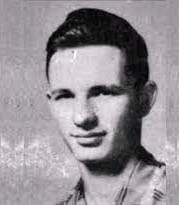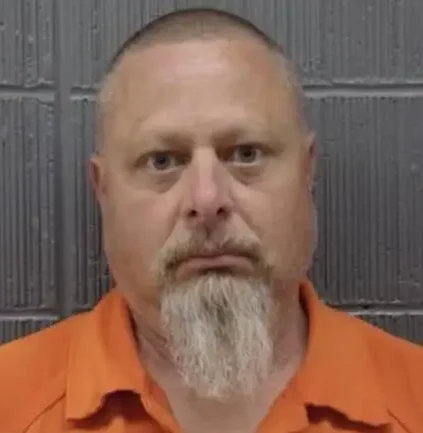

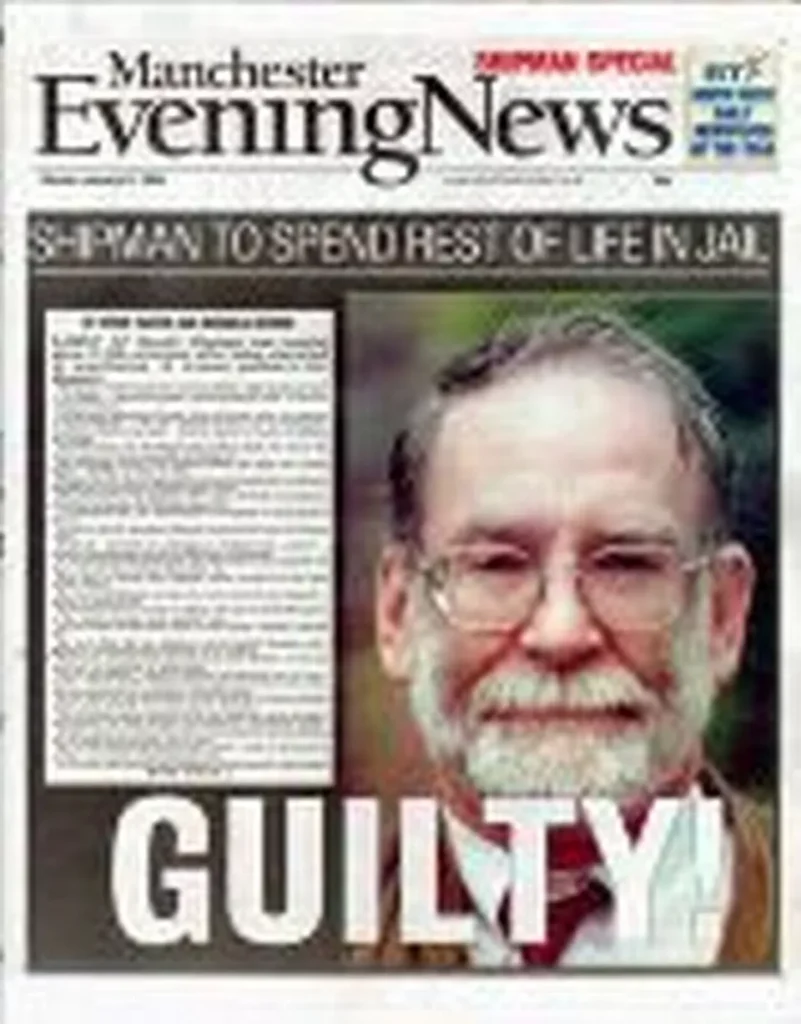
A two-year-long investigation of all deaths certified by Shipman revealed Shipman targeted vulnerable elderly people who trusted him as their doctor, killing them with either a fatal dose of drugs or prescribing an abnormal amount. He was caught because Dr Linda Reynolds in 1998 was concerned about the high death rate among Shipman’s patients and about the large number of cremation forms for elderly women that he had asked to have countersigned. Shipman’s last victim was Kathleen Grundy, a former mayor of Hyde who was found dead at her home on 24 June 1998. He was the last person to see her alive; he later signed her death certificate, recording the cause of death as old age. Grundy’s daughter, solicitor Angela Woodruff, became concerned when fellow solicitor Brian Burgess informed her that a will had been made, apparently by her mother, with doubts about its authenticity. The will excluded Woodruff and her children, but left £386,000 to Shipman. Grundy’s body was exhumed and found to contain traces of diamorphine (heroin), often used for pain control in terminal cancer patients. Shipman claimed that Grundy had been an addict and showed them comments he had written to that effect in his computerized medical journal. However, police examination of his computer showed that the entries were written after her death. Shipman was arrested in 1998, and was found to own a typewriter of the type used to make the forged will. They discovered a pattern of his administering lethal doses of diamorphine, signing patients’ death certificates, and then falsifying medical records to indicate that they had been in poor health.
He was very kind and patients liked him.
Harold Frederick Shipman was the second of the three children. His father, also Harold Frederick Shipman was a lorry driver; his mother was Vera (née Brittan.)
Shipman was particularly close to his mother, who died of lung cancer when he was 17 years old. In the later stages of her disease, she had morphine administered at home by a doctor. Shipman witnessed his mother’s pain subside, despite her terminal condition.
In 1966, he married and had four children. Shipman studied medicine at Leeds School of Medicine, University of Leeds, graduating in 1970.

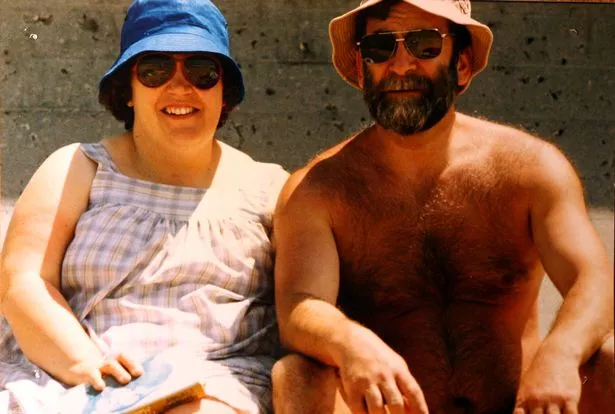
In 1974 took his first position as a general practitioner (GP) at the Abraham Ormerod Medical Centre in Todmorden. The following year, Shipman was caught forging prescriptions of pethidine for his own use. He was fined £600 and briefly attended a drug rehabilitation clinic in York. in 1977 he worked as a GP at Donneybrook Medical Centre in Hyde, Greater Manchester.
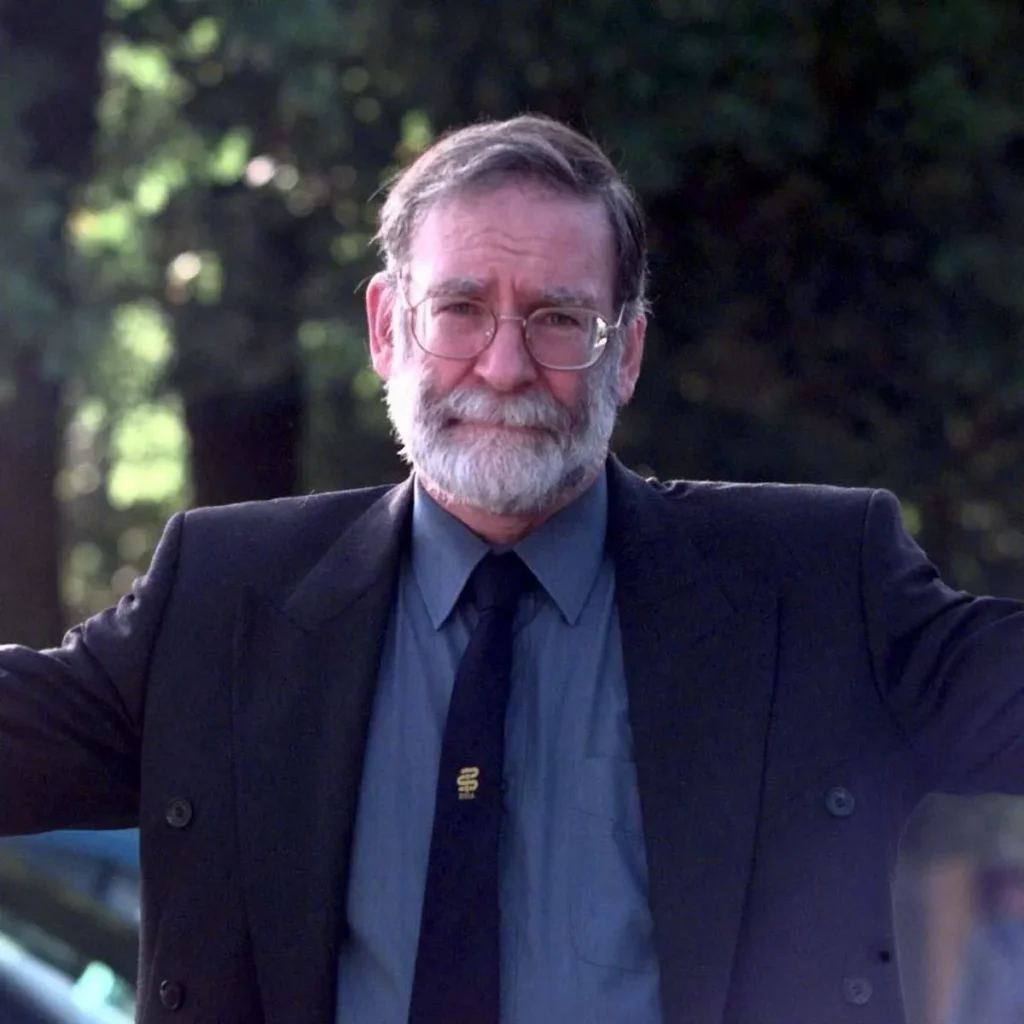
Shipman continued working as a GP in Hyde throughout the 1980s and established his own surgery at 21 Market Street in 1993, In 1983, he was interviewed in an edition of the Granada Television current affairs documentary World in Action on how the mentally ill should be treated in the community. He became a respected member of the community.
Marie West, 81, Irene Turner, 67, Lizzie Adams, 77, Jean Lilley, 59, Ivy Lomas, 63, Muriel Grimshaw, 76, Marie Quinn, 67, Kathleen Wagstaff, 81, Bianka Pomfret, 49, Norah Nuttall, 65, Pamela Hillier, 68, Maureen Ward, 57, Winifred Mellor, 73, Joan Melia, 73, Kathleen Grundy, 81
Shipman’s legal representatives tried unsuccessfully to have the Grundy case tried separately from the others, as a motive was shown by the alleged forgery of Grundy’s will.
Shipman denied his guilt, disputing the scientific evidence against him. He never made any public statements about his actions. Shipman’s wife, Primrose, maintained that he was not guilty, even after his conviction.
Shipman became friends with fellow serial killer Peter Moore while in prison.
Shipman is the only doctor in the history of British medicine found guilty of murdering his patients.[32] John Bodkin Adams was charged in 1957 with murdering a patient, amid rumours he had killed dozens more over a 10-year period and “possibly provided the role model for Shipman”; he was acquitted and no further charges were pursued.[33] A historian, Pamela Cullen, has argued that because of Adams’ acquittal, there was no impetus to examine potential flaws in the British legal system until the Shipman case.[34]
“Tell me everything, no matter what.”[31] A 2005 inquiry found that Shipman’s suicide “could not have been predicted or prevented”, but that procedures should nonetheless be re-examined.[43]
In 2005 Shipman was eventually cremated at Hutcliffe Wood Crematorium. The cremation took place outside normal working hours and was attended only by Primrose and the couple’s four children.
We actually know so little about him that there is nothing to analyze. All information about him is on Wikipedia.
